In an era of gourmet food trends and endless meal delivery apps, there’s something undeniably comforting about returning to the meals that defined our childhoods. These weren’t just dishes—they were warm, familiar rituals served on chipped plates at crowded kitchen tables. They were born from tight budgets, busy schedules, and pantry staples, yet they delivered flavor, satisfaction, and the kind of nostalgia no trendy grain bowl could ever replicate.
You probably didn’t realize it back then, but your family’s weeknight rotation of mac and cheese, tuna casserole, or pancakes for dinner wasn’t just convenient—it was genius. These meals stretched a dollar, fed a crowd, and left everyone full and happy, no matter how simple the ingredients. And here’s the kicker: they’ve never really left. Whether it’s a late-night craving for grilled cheese or a cold-weather urge for homemade meatloaf, these dishes still have a permanent seat at the American dinner table.
There’s a reason these recipes have stood the test of time. They’re easy to make, incredibly budget-friendly, and endlessly adaptable. Even today, they continue to evolve—tweaked with modern ingredients or passed down just as they were, unchanged and cherished. They represent a kind of culinary resilience, a reminder that good food doesn’t have to be expensive or complicated to be unforgettable.
In this roundup, we’re diving into 14 cheap meals that have quietly endured through generations of changing tastes and food fads. Some may surprise you with their staying power, while others will make you smile in instant recognition. Either way, one thing’s certain: these dishes didn’t just survive—they thrived. And once you see why, you might find yourself putting them back in rotation, too.
1. Macaroni and Cheese
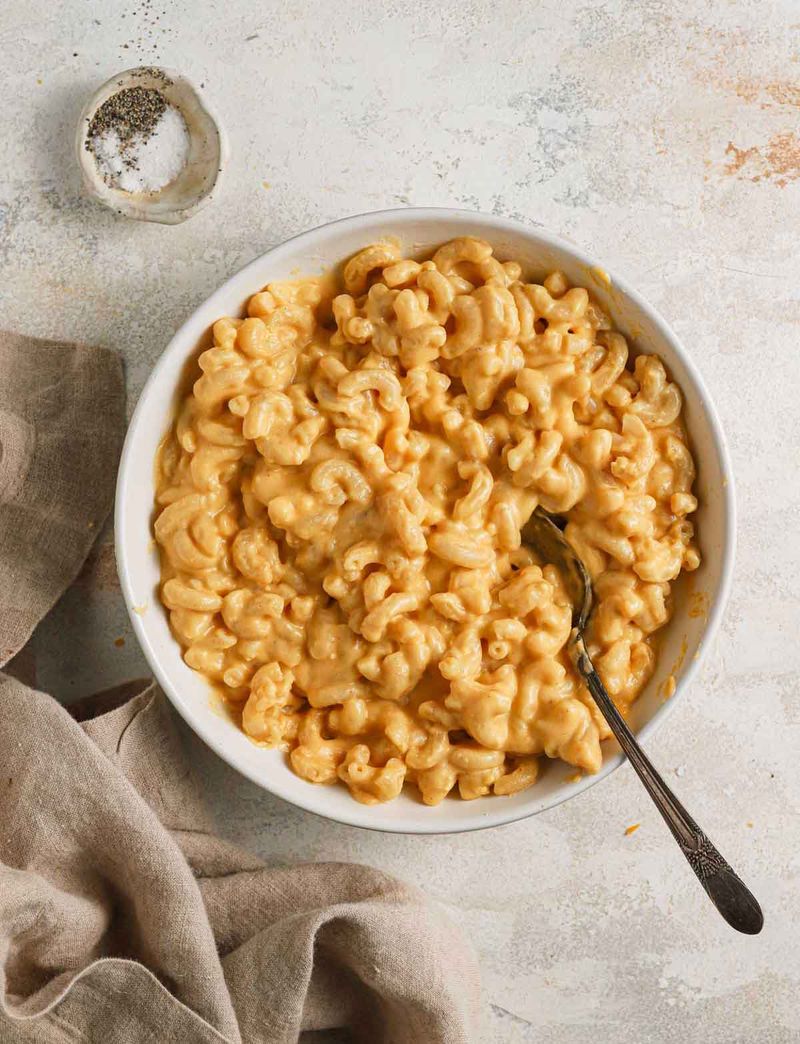
Nothing says comfort quite like a steaming bowl of mac and cheese. The magical combination of tender pasta and creamy cheese sauce has been rescuing dinner plans since the Great Depression.
Make it from scratch with a simple roux, milk, and shredded cheese for the ultimate comfort food experience. Or grab that familiar blue box for a five-minute meal that generations have loved.
Add breadcrumbs on top for crunch or mix in frozen peas and ham chunks for a complete one-dish dinner. Fun fact: Kraft introduced their boxed version in 1937 when families needed affordable meals during tough economic times.
2. Peanut Butter and Jelly Sandwiches
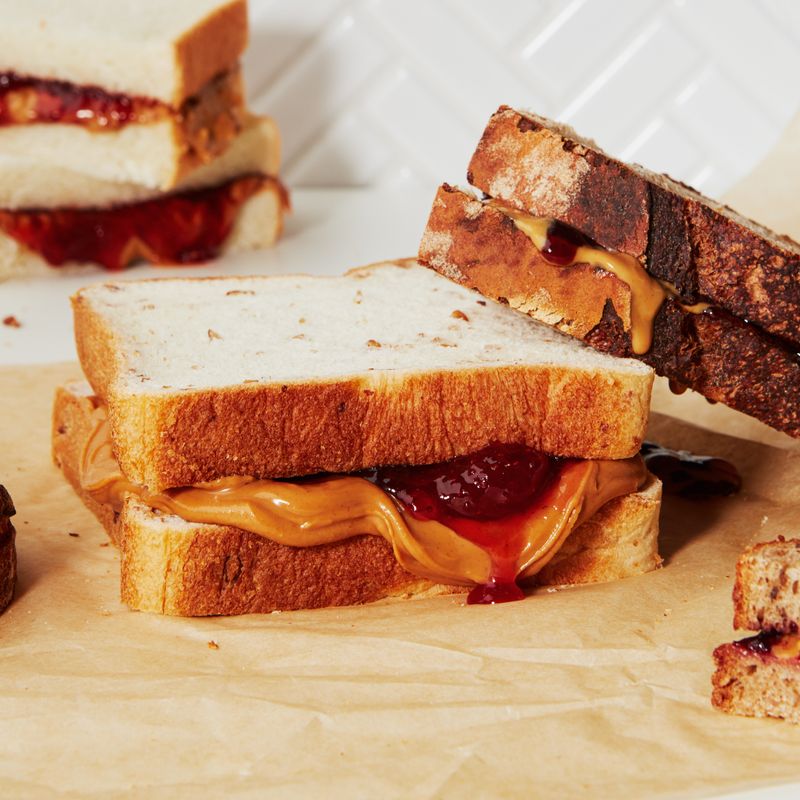
The humble PB&J has fueled Americans through school days, work breaks, and midnight snack attacks for over a century. Two slices of bread embracing the perfect marriage of creamy peanut butter and sweet fruit preserves – what could be simpler?
Every family has their preferred method: grape jelly or strawberry jam, crunchy or smooth peanut butter, crusts on or crusts off.
Some toast the bread for extra texture, while others press it flat for that nostalgic cafeteria feel. A single jar of each ingredient makes dozens of sandwiches, costing mere cents per serving while delivering surprising nutritional value.
3. Tuna Casserole

Appearing on dinner tables since the 1950s, tuna casserole represents the pinnacle of pantry cooking. Canned tuna, condensed soup, and pasta combine to create a filling meal that feeds a crowd on pennies per serving. The beauty lies in its adaptability.
Add frozen peas for color, potato chips or breadcrumbs for a crunchy topping, or cheese for extra richness. The basic formula remains foolproof: mix, bake, and serve to satisfied faces around the table.
Many families pass down their specific version through generations, with each claiming theirs is the definitive recipe. What’s yours?
4. Sloppy Joes
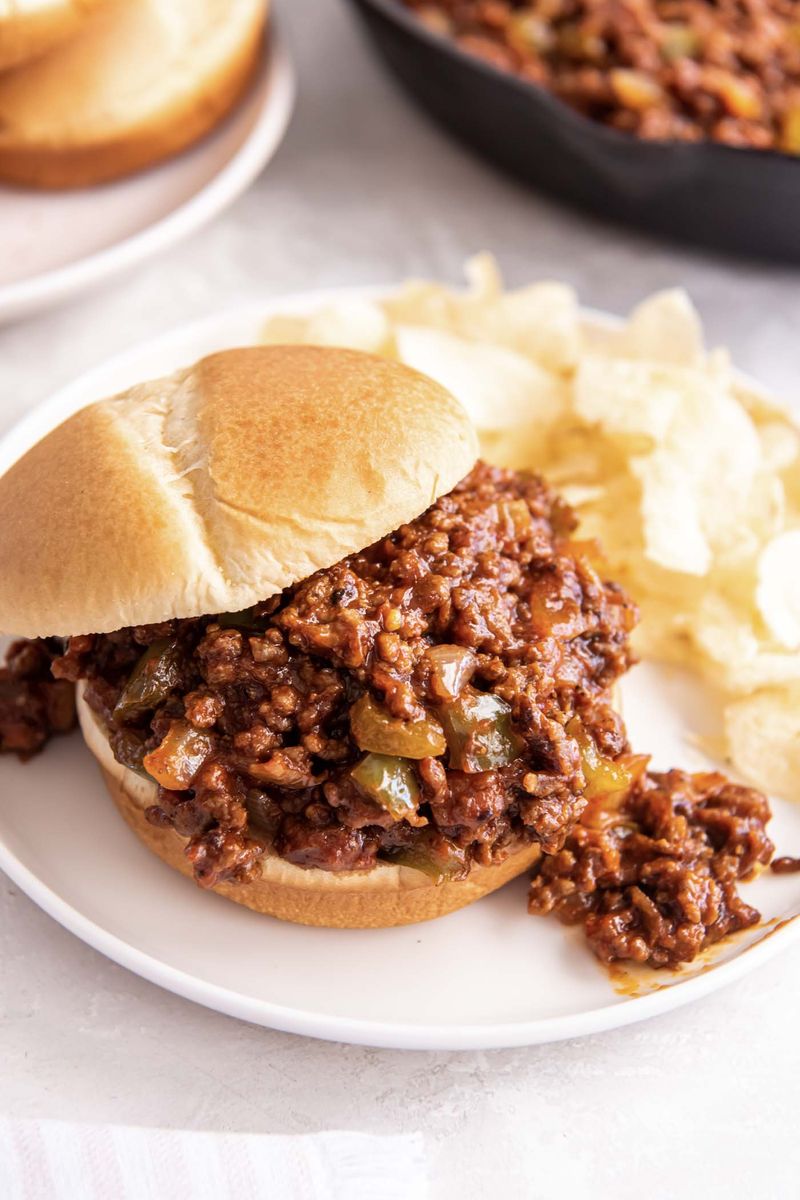
Wonderfully messy and unapologetically simple, Sloppy Joes turn basic ground beef into a saucy sensation that’s impossible to eat neatly. The sweet-tangy sauce coating seasoned meat creates a sandwich filling that’s been delighting kids and adults since the 1930s.
Making them couldn’t be easier – brown some ground beef, add onions, and stir in either homemade sauce or the canned variety that’s become a pantry staple. Pile the saucy mixture onto soft hamburger buns and prepare for delicious chaos.
Pro tip: Keep extra napkins handy and don’t wear white! Some families stretch the meat further by adding lentils or finely chopped vegetables.
5. Grilled Cheese and Tomato Soup
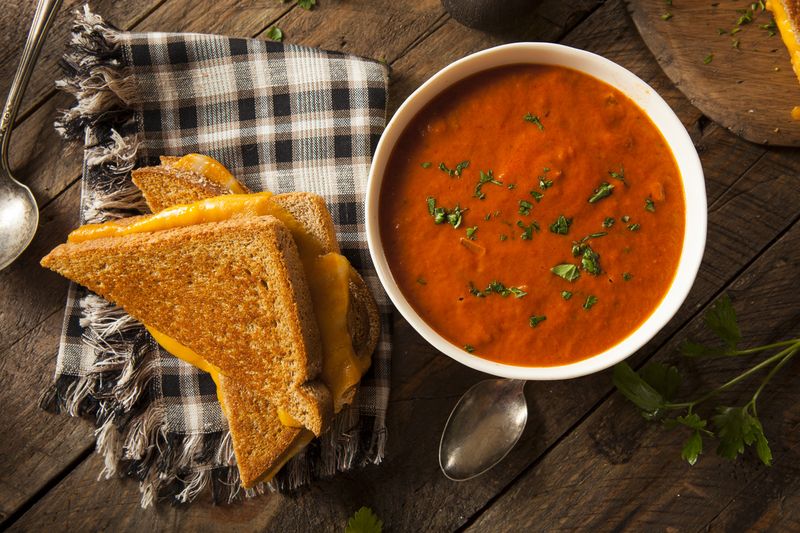
Rain pattering against windows calls for this iconic duo that transforms basic ingredients into pure comfort. The contrast between crispy, buttery bread encasing molten cheese alongside smooth, tangy tomato soup creates perfect harmony on a plate.
American cheese delivers that nostalgic melt, but any cheese works in this versatile sandwich. The soup can come from a can or be homemade from garden tomatoes when they’re plentiful in summer.
The tradition of dunking the sandwich into the soup bridges generations – grandparents teaching grandchildren the perfect dipping technique. During the Great Depression, this meal provided affordable nutrition when meat was scarce.
6. Hot Dogs and Baked Beans
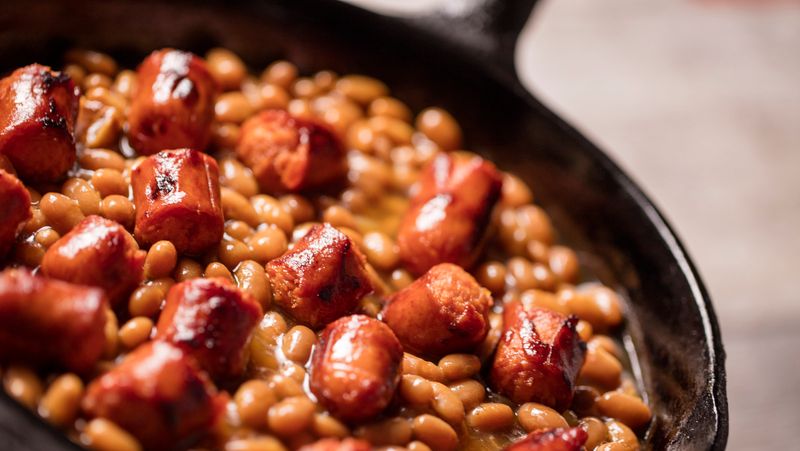
Summer cookouts and camping trips wouldn’t be complete without this all-American pairing. The smoky flavor of hot dogs alongside sweet, tangy baked beans creates a meal that satisfies hunger without fussing with complicated recipes.
Many families have their own twist – some slice hot dogs directly into the beans, creating a one-pot meal perfect for feeding hungry kids quickly. Others serve them separately, with dogs nestled in soft buns and beans on the side.
During tough economic times, this protein-rich combination stretched food budgets while filling bellies. Even today, you can feed a family of four with this duo for under $5 total.
7. Butter Noodles
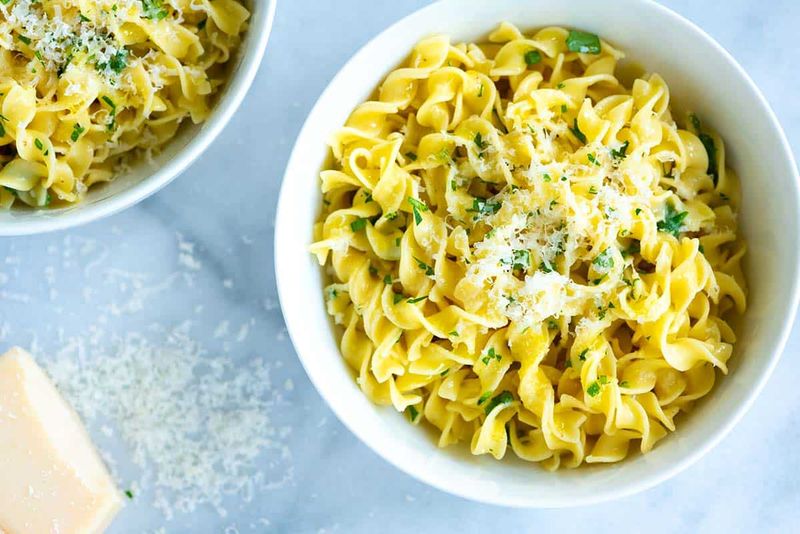
Sometimes the simplest meals bring the most comfort. Butter noodles – just pasta tossed with melted butter and perhaps a sprinkle of Parmesan cheese – represents minimalist cooking at its finest.
When pantries are nearly bare or energy for cooking is low, this dish comes to the rescue. The silky coating of butter on al dente pasta needs nothing more to satisfy, though many families customize with herbs, garlic, or pepper to make it their own.
Children particularly love this uncluttered dish, making it a go-to for babysitters and harried parents. During the lean years of the Great Depression, butter noodles provided carbohydrates and calories when other foods were scarce.
8. Pancakes for Dinner

Flipping the script on traditional meal planning, breakfast-for-dinner nights feel both rebellious and comforting. Pancakes, with their simple batter of flour, eggs, and milk, transform into dinner with minimal effort and maximum smiles.
The joy of watching kids’ faces light up when you announce pancake night never gets old. Budget-conscious families appreciate how a few basic ingredients stretch into a filling meal, especially when topped with syrup from the pantry or seasonal fruits.
Beyond their affordability, dinner pancakes offer versatility – add grated vegetables for nutrition, leftover meat for protein, or go classic with butter and maple syrup for a sweet end to a long day.
9. Potato Soup
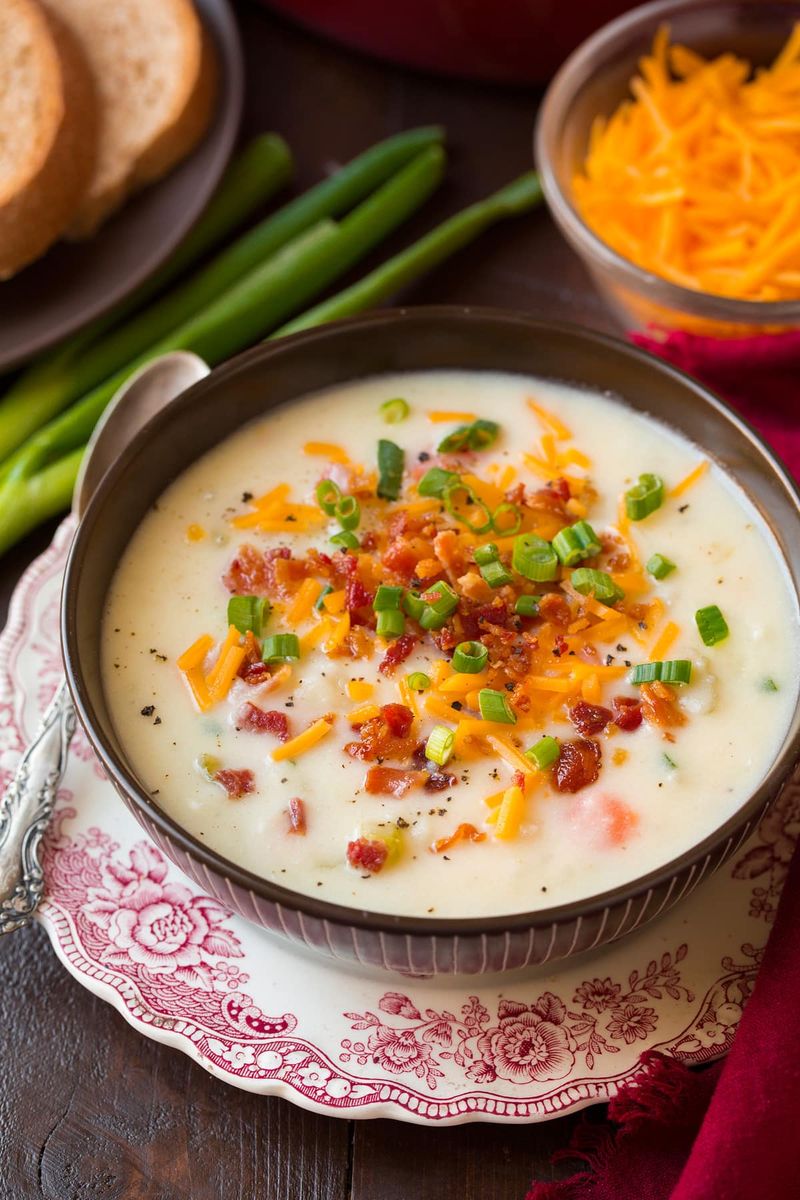
Humble potatoes transform into liquid gold when simmered with onions and broth to create this velvety comfort classic. Generations of grandmothers have stretched food budgets with this hearty soup that fills bellies on cold nights.
The magic lies in its simplicity – potatoes provide the creamy base while minimal additions like butter, milk, and perhaps some bacon create depth of flavor. Variations abound across regions and families, from chunky rustic versions to smooth purees finished with cheese.
During the Irish potato famine, families survived on variations of potato soup, proving its staying power as survival food. Today, we still turn to it when both money and time are tight.
10. Shepherd’s Pie
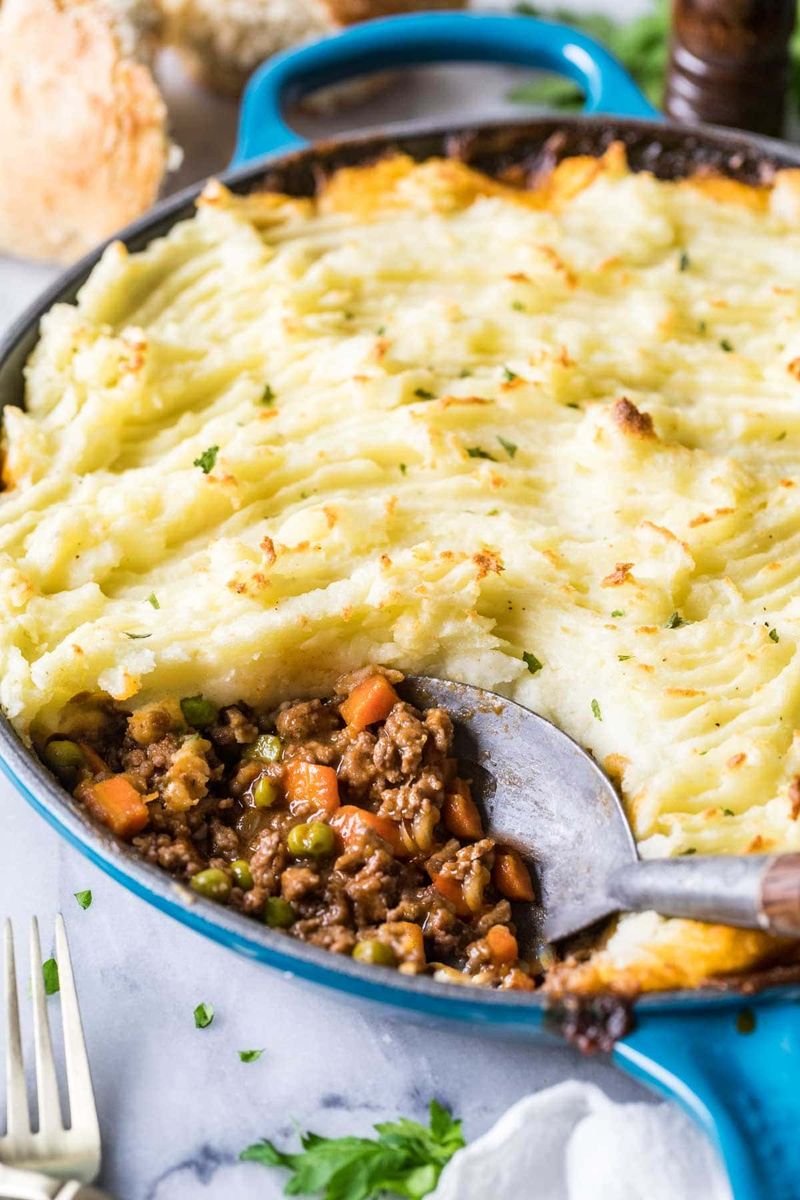
Born from necessity to use leftovers, Shepherd’s Pie combines seasoned ground meat, vegetables, and mashed potato topping into a complete meal that satisfies like few others can.
The genius lies in its layered approach – savory filling below, creamy potatoes above. Traditional versions use lamb (hence “shepherd’s”), but budget-conscious American families typically opt for ground beef. The vegetables – usually peas, carrots, and corn – can be fresh, frozen, or canned, making this adaptable to any season or budget.
During World War II rationing, creative cooks used this format to stretch small amounts of meat into complete family meals. That resourcefulness continues to serve families during tight financial times.
11. Eggs and Toast
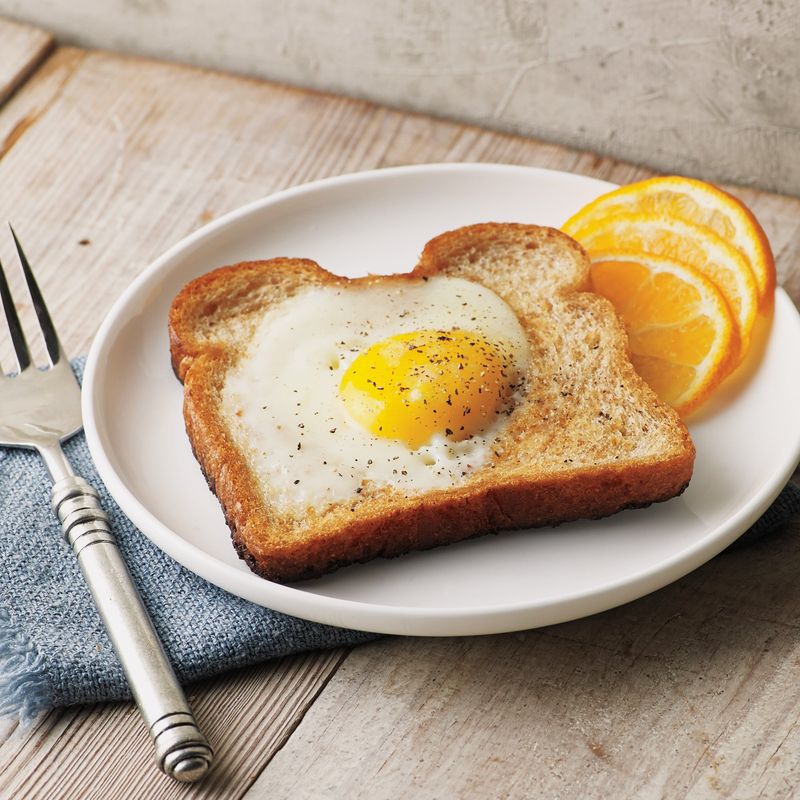
Morning, noon, or night – eggs and toast stand ready to provide protein, carbs, and satisfaction in minutes flat. This dynamic duo has powered humanity through centuries with minimal fuss and maximum nutrition.
The beauty lies in versatility – eggs scrambled, fried, or poached; toast buttered, jellied, or avocado-smashed. During the hardest economic times, families could still afford this protein-rich meal when meat was out of reach.
Beyond affordability, eggs and toast offer speed when hunger strikes and patience wanes. A single carton of eggs provides multiple meals for just a few dollars, while bread – even homemade – costs pennies per slice. No wonder this combination remains a staple across income levels.
12. French Toast

Transforming stale bread into something magical, French toast represents the pinnacle of frugal cooking. Slices of bread soaked in a mixture of eggs, milk, and cinnamon, then fried to golden perfection – who would guess this delicacy began as a way to avoid waste?
Dating back to Roman times when “pain perdu” (lost bread) rescued hardened loaves from the trash, this technique spans cultures and centuries. The genius lies in its simplicity – basic ingredients creating something far greater than the sum of its parts.
Families appreciate how French toast stretches eggs further than scrambling while turning forgotten bread into a treat kids request by name. Top with powdered sugar, syrup, or fruit for an affordable luxury.
13. Meatloaf
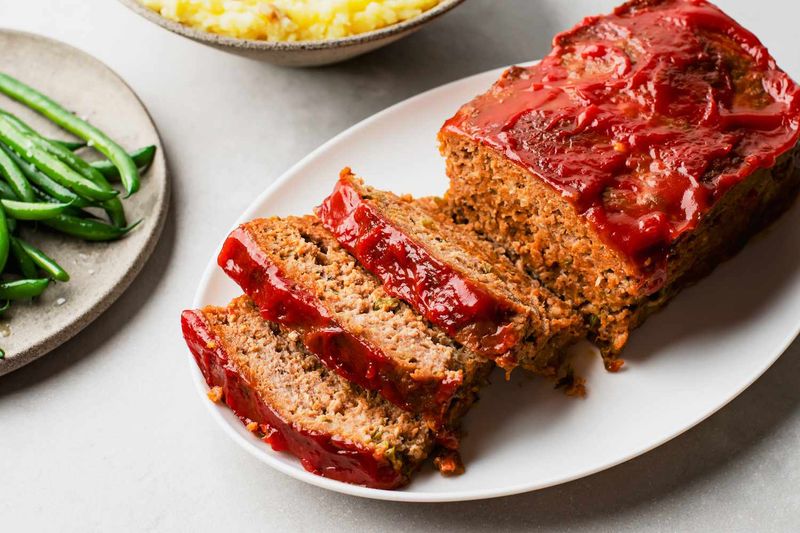
The ultimate in stretching ground meat to feed a crowd, meatloaf combines beef with breadcrumbs, eggs, and seasonings to create a hearty main dish that defined mid-century American dining. That familiar loaf shape baking in countless ovens across the country represents comfort cooking at its finest.
Every family has their secret ingredient – some swear by oatmeal instead of breadcrumbs, others add grated vegetables for moisture, while the debate over ketchup versus tomato sauce topping has divided households for generations.
The leftovers often taste even better, sliced cold for sandwiches the next day. During wartime rationing, meatloaf helped families make the most of limited meat supplies, a tradition of resourcefulness that continues today.
14. Homemade Pizza

Friday night pizza tradition doesn’t have to mean delivery charges. Homemade pizza transforms basic ingredients – flour, yeast, tomato sauce, and cheese – into a customizable feast that costs a fraction of commercial options.
The charm of DIY pizza night goes beyond savings. Family members can personalize their portions, from plain cheese for picky eaters to loaded vegetable versions for health-conscious adults. Even the simplest store-bought dough becomes special when topped with creativity.
During tight budget periods, pizza night survives by adapting – English muffins, tortillas, or even sliced bread can serve as makeshift crusts. Some families make it interactive, with everyone rolling dough and adding toppings together, creating memories alongside dinner.
Leave a comment